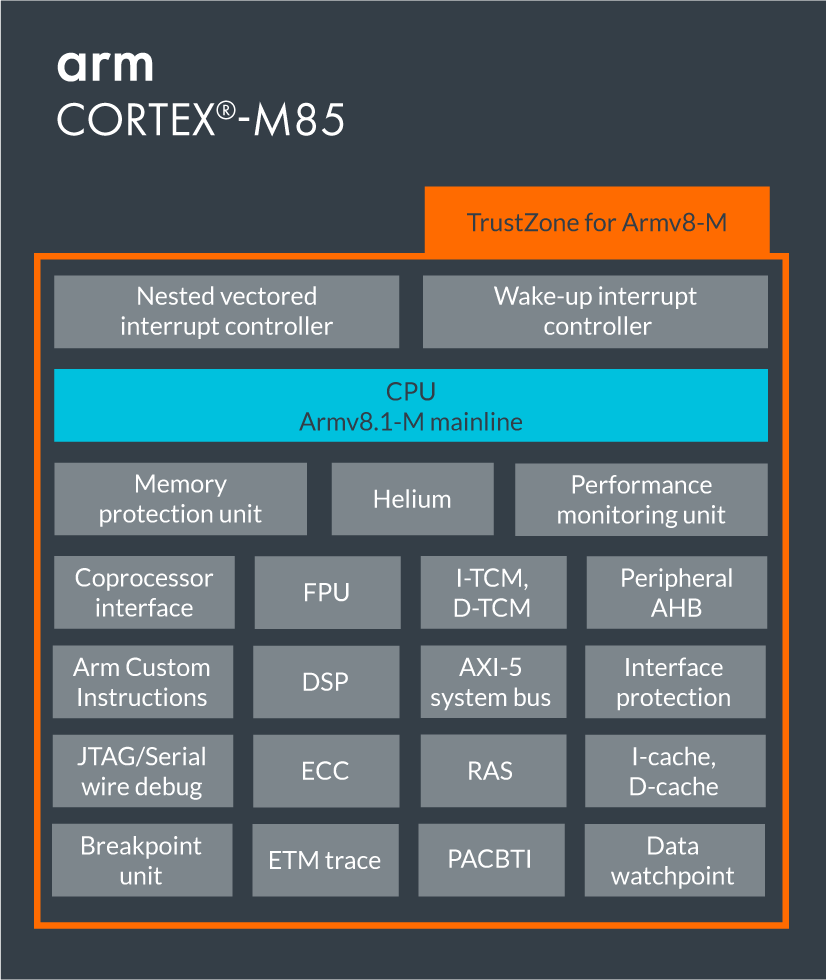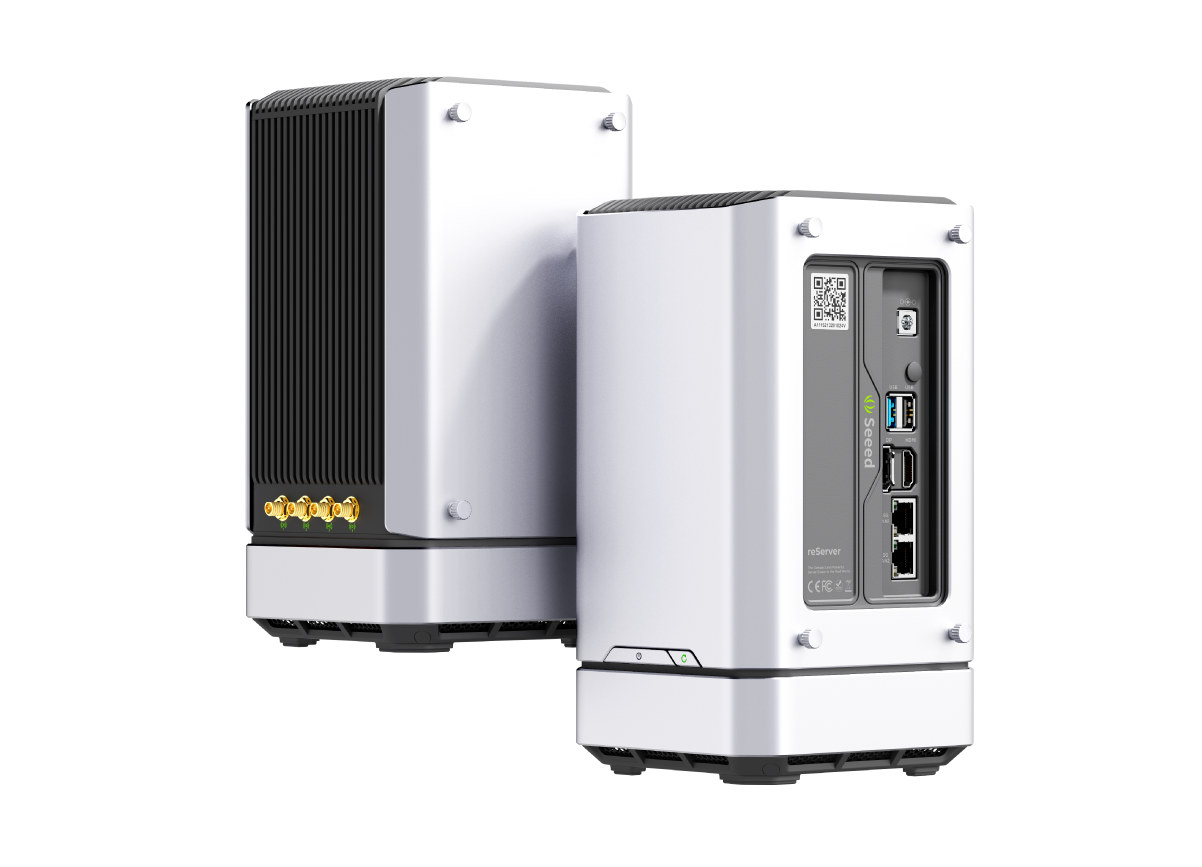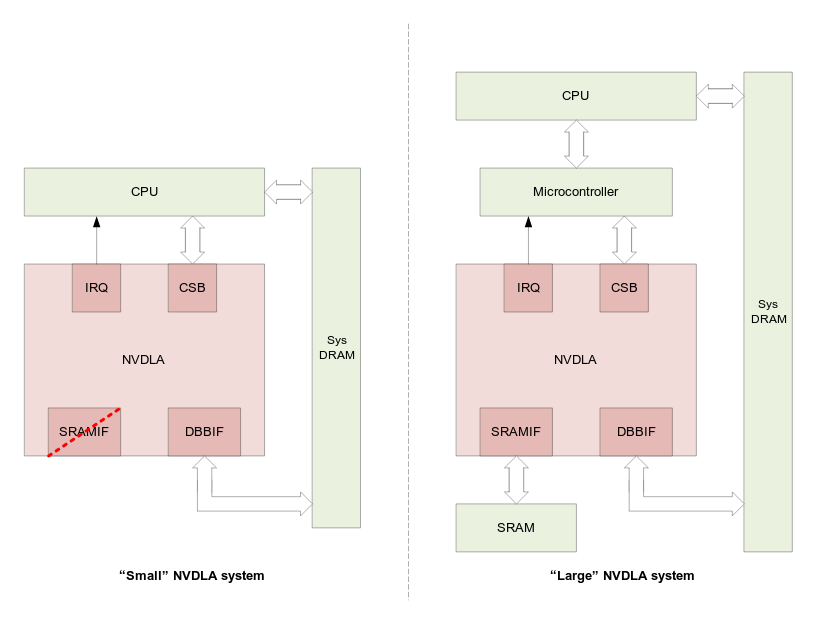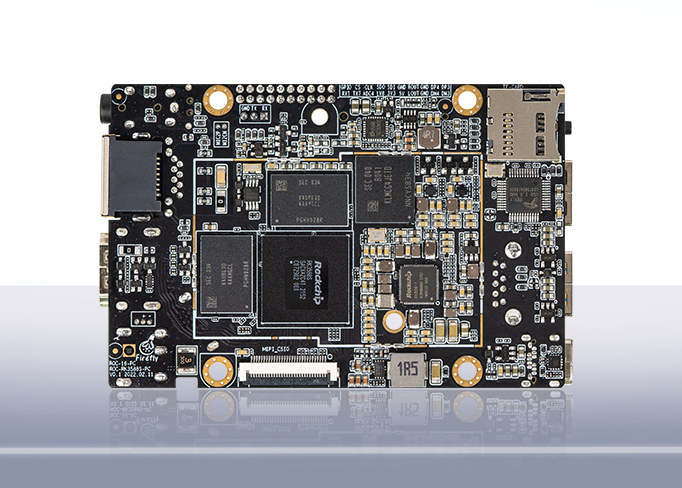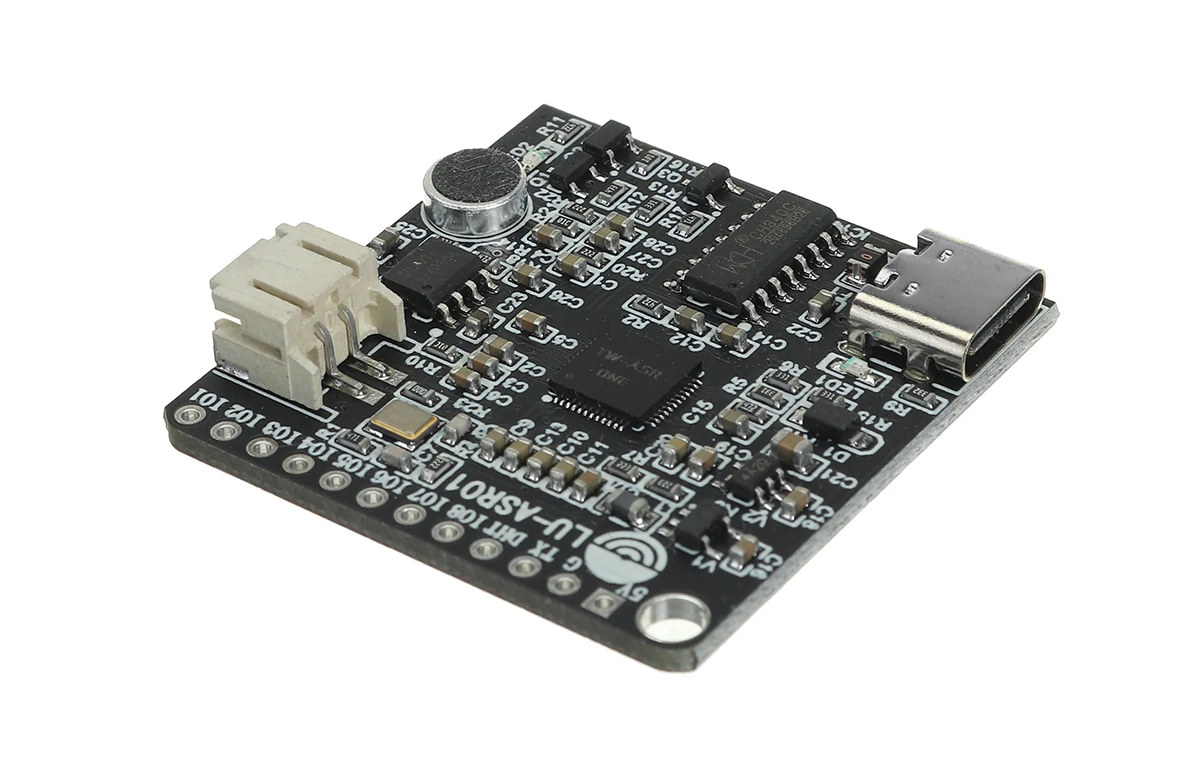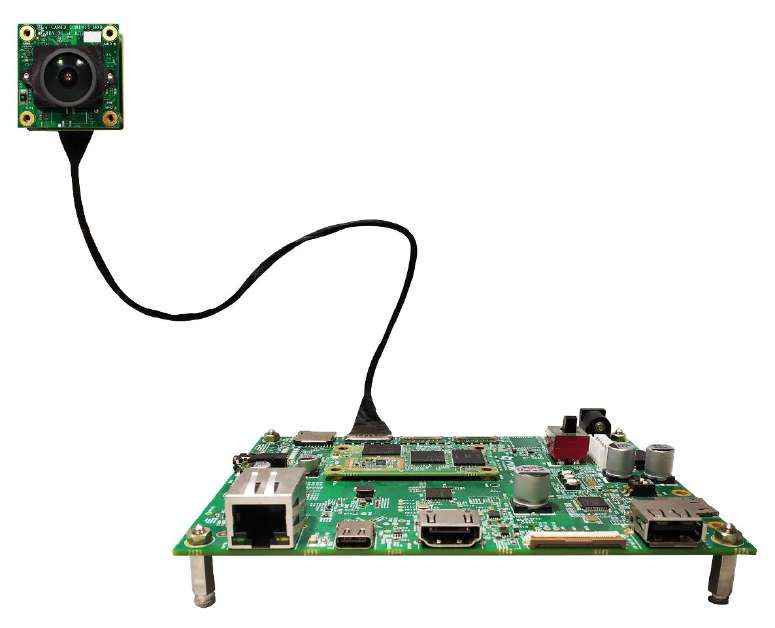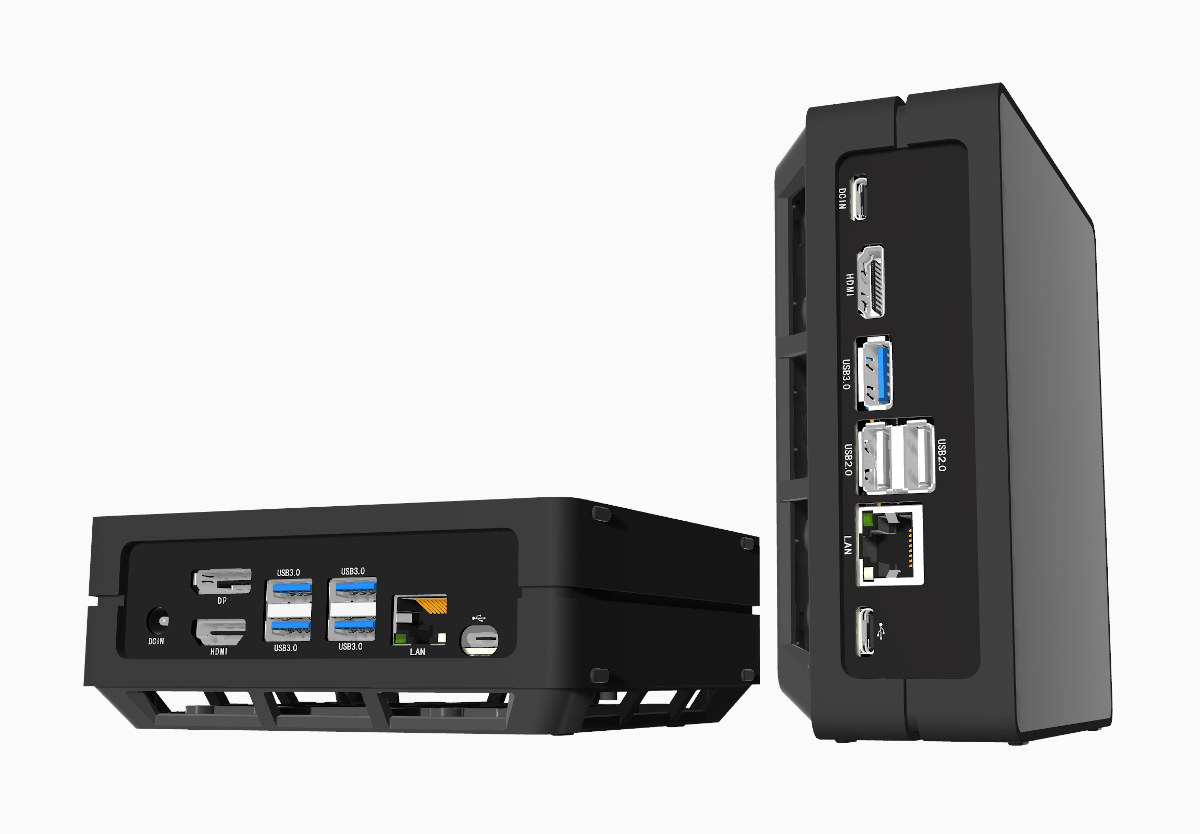Arm has introduced a new MCU-class core with the Cortex-M85 core that offers higher integer performance than Cortex-M7, and higher machine learning performance compared to Cortex-M55 equipped with Helium instructions. The new Cortex-M85 core is designed for developers requiring increased performance for their Cortex-M powered products without going to Cortex-A cores, and instead, keeping important features such as determinism, short interrupt latencies, and advanced low-power management modes found in all Cortex-M cores. Arm Cortex-M85 key features and specifications: Architecture – Armv8.1-M Performance efficiency – 6.28 CoreMark/MHz and 3.13/4.52/8.76DMIPS/MHz (1. “ground rules” in the Dhrystone documentation, 2. inlining of functions, 3. simultaneous (”multi-file”) compilation). Bus interfaces AMBA 5 AXI 64-bit Main system bus (compatible with AXI4 IPs) AMBA 5 AHB 32-bit Peripheral bus AMBA 5 AHB 64-bit TCM Access bus (subordinate port) Pipeline – 7-stage (for main integer pipeline) Security Arm TrustZone technology PACBTI extension (Pointer Authentication, Branch Target Identification) helps […]
reServer Jetson-50-1-H4 is an AI Edge server powered by NVIDIA Jetson AGX Orin 64GB
reServer Jetson-50-1-H4 is an AI inference edge server powered by Jetson AGX Orin 64GB with up to 275 TOPS of AI performance, and based on the same form factor as Seeed Studio’s reServer 2-bay multimedia NAS introduced last year with an Intel Core Tiger Lake single board computer. The 12-core Arm server comes with 32GB LPDDR5, a 256GB NVMe SSD pre-loaded with the Jetpack SDK and the open-source Triton Inference server, two SATA bays for 2.5-inch and 3.5-inch drives, up to 10 Gbps Ethernet, dual 8K video output via HDMI and DisplayPort, USB 3.2 ports, and more. reServer Jetson-50-1-H4 (preliminary) specifications: SoM – Jetson AGX Orin module with CPU – 12-core Arm Cortex-A78AE v8.2 64-bit processor with 3MB L2 + 6MB L3 cache GPU / AI accelerators NVIDIA Ampere architecture with 2048 NVIDIA CUDA cores and 64 Tensor Cores @ 1.3 GHz DL Accelerator – 2x NVDLA v2.0 Vision Accelerator […]
NVIDIA NVDLA AI accelerator driver submitted to mainline Linux
A large patchset has been submitted to mainline Linux for NVIDIA NVDLA AI accelerator Direct Rendering Manager (DRM) driver, accompanied by an open-source user mode driver. The NVDLA (NVIDIA Deep Learning Accelerator) can be found in recent Jetson modules such as Jetson AGX Xavier and Jetson AGX Orin, and since NVDLA was made open-source hardware in 2017, it can also be integrated into third-party SoCs such as StarFive JH7100 Vision SoC and Allwinner V831 processor. I actually assumed everything was open-source already since we were told that NVDLA was a “complete solution with Verilog and C-model for the chip, Linux drivers, test suites, kernel- and user-mode software, and software development tools all available on Github’s NVDLA account.” and the inference compiler was open-sourced in September 2019. But apparently not, as developer Cai Huoqing submitted a patchset with 23 files changed, 13243 insertions, and the following short description: The NVIDIA Deep […]
ROC-RK3588S-PC is the first Rockchip RK3588S SBC, supports up to 32GB RAM
Rockchip RK3588S processor, a cost-down version of Rockchip RK3588 SoC with fewer interfaces, has made its way into Firefly ROC-RK3588S-PC SBC (single board computer) about the size of a credit card and equipped with up to 32GB RAM. The compact SBC also comes with up to 128GB eMMC flash, and offers support for NVMe storage, up to four video outputs through HDMI, USB-C and MIPI DSI interfaces, Gigabit Ethernet, USB 3.0, two MIPI CSI camera interfaces, and more. Firefly ROC-RK3588S-PC specifications: SoC – Rockchip RK3588S octa-core processor with 4x Cortex-A76 cores @ up to 2.4 GHz, four Cortex-A55 cores, Arm Mali-G610 MP4 quad-core GPU with OpenGL ES3.2 / OpenCL 2.2 / Vulkan1.1 support, 6 TOPS NPU, and an 8Kp60 H.265/VP9/AVS2 video decoder, 4Kp60 decoder, 8Kp30 H.265/H.264 video encoder System Memory – 4GB, 8GB, 16GB or 32GB LPDDR4/LPDDR4x/LPDDR5 Storage 16GB, 32GB, 64GB, or 128GB eMMC flash M.2 (PCIe 2.0) socket for […]
FOMO (Faster Objects, More Objects) enables real-time object detection on low-end embedded systems
FOMO used to stand for “Fear Of Missing Out” in my corner of the Internet, but Edge Impulse’s FOMO is completely different, as the “Faster Object, More Objects” model is designed to lower the footprint and improve the performance of object detection on resource-constrained embedded systems. The company says FOMO is 30x faster than MobileNet SSD and works on systems with less than 200K of RAM available. Edge Impulse explains the FOMO model provides a variant between basic image classification (e.g. is there a face in the image?) and more complex object detection (how many faces are in the image, if any, and where and what size are they?). That’s basically a simplified version of object detection where we’ll know the position of the objects in the image, but not their sizes. So instead of seeing the usual bounding box while the model is running, the face position will be […]
$8 LU-ASR01 offline speech recognition board features “TW-ASR ONE” chip
LU-ASR01 is a board capable of offline speech recognition with a built-in microphone, a speaker connector, twelve through holes for GPIOs and a temperature sensor interface for DHT11/DS18B20, plus a USB Type-C port for power and programming. At first, I thought it might be based on the Unisound US516P6 microcontroller which we’ve seen on some inexpensive offline speech recognition modules, but the chip looks completely different, with the marking TW-ASR ONE. So let’s investigate… LU-ASR01 board specifications took some effort, but here’s what I’ve managed: MCU – TW-ASR ONE (aka TWen ASR ONE) microcontroller with 4MB flash, 512KB RAM, and a BNPU for voice processing; package: QFN48L (6x6x0.85mm) Audio I/O Built-in microphone 2-pin speaker header plus 3W power amplifier for 4Ω/3W speaker Voice recognition Up to 10 meters wake-up range 98% ultra-high recognition rate Customizable to 5 wake-up words and 200 recognition words USB – 1x USB Type-C port for […]
Qualcomm Edge AI Vision kit combines Qualcomm QCS610 SoC & Sony IMX415 4K ultra low light camera
e-con Systems has recently launched the qSmartAI80_CUQ610, a Qualcomm Edge AI vision kit based on Qualcomm QCS610 octa-core Cortex-A76/A55 processor and featuring a camera module based on Sony STARVIS IMX415 4K ultra low light sensor. The kit is comprised of a QCS610 module with 4GB RAM and 16GB eMMC flash and carrier board designed by VVDN Technologies, as well as e-con Systems 4K camera module, and designed to run vision machine learning and deep learning models at the edge. qSmartAI80_CUQ610 “Qualcomm Edge AI Vision kit” specifications: System-on-Module SoC – Qualcomm QCS610 octa-core processor with 2x Kryo 460 Gold cores @ 2.2 GHz (Cortex-A76 class), and 6x Kryo 430 Silver low-power cores @ 1.8GHz (Cortex-A55 class), Adreno 612 GPU @ 845 MHz, with OpenGL ES 3.2, Vulkan 1.1, OpenCL 2.0, Hexagon DSP with Hexagon Vector eXtensions (HVX), Spectra 250L ISP, 4Kp30 VPU H.265 encode/decode; Note: Qualcomm QCS410 SoC is available upon […]
reComputer Jetson mini PCs feature Jetson Nano or Xavier NX modules
Seeed Studio’s reComputer Jetson series mini PCs are built around NVIDIA Jetson Nano or Xavier NX system-on-module and designed for Edge AI applications. Four models have been designed with the Jetson-10-1-A0 mini PC equipped with a carrier board of the same name and Jetson Nano module, while the Jetson A206 carrier board is integrated into Jetson-10-1-H0 also with Jetson Nano, as well as Jetson-20-1-H1 and Jetson-20-1-H2 based on Jetson Xavier NX with 8GB and 16GB RAM respectively. Jetson-10-1-A0 mini PC and carrier board Specifications: Jetson Nano SoM CPU – Quad-core Arm A57 processor @ 1.43 GHz GPU – Maxwell GPU with 128 CUDA cores System Memory – 4 GB 64-bit LPDDR4 25.6 GB/s Storage – 16 GB eMMC 5.1 Flash Video Encode – 4K @ 30 | 4x 1080p @ 30 | 9x 720p @ 30 (H.264/H.265) Video Decode – 4K @ 60 | 2x 4K @ 30 | 8x […]


